
This shot of a sharpshooter, Oncometopia nigricans, was taken with a compact superzoom and a Raynox DCR 250 lit with the onboard flash and some styrofoam bowls (see below).
Much of the reason I got into photography is the desire to document the wonderful world of insects. This is the realm of macrophotography and is a great one for beginners to get into, because stellar results can come from even modest equipment (provided you are willing to work to achieve them).
One of the best pieces of equipment to get going in macro is the Raynox DCR 250. This marvelous piece of glass fits on the front of a lens and allows you to snap some great high magnification shots. If you are hesitating about getting a macro lens, but still want to get some nice closeups, this is your tool. It costs about 70-90 bucks.
These types of attachments are often called “diopters” or “close-up filters”, but the difference between these and most others on the market is that these ones don’t suck . They are a 3 element design, and are multi-coated for good contrast and flare control. When using this lens adapter, you use your zoom to set your magnification, and then the focus for the close work. Using my DSLR with it attached to the front of my 18-55 IS (kit zoom), I can fill the frame with something 35 mm across. This is not quite 1: 1, but getting there.
If you do not have an SLR, fear not! It also makes a wonderful attachment for compacts, especially the so called “superzooms”. You may need a special adapter to fit it to, but once it is on, the strong telephoto character of the superzoom allows some pretty good closeup ability.
My early days shooting macro I used the combination of the Raynox and a Canon S2IS extensively. I loved the versatility of this combination, and I sometimes still miss it! Below is a monstrously ugly photo I once took of that setup. Here you can see the styrofoam bowl which acts as a flash diffuser for the onboard flash fitted around the bayonet adapter,. The Oncometopia nigricans photo at the top was taken with this setup, as were many of my favorite macro shots.

Below you can see the Raynox itself. It comes shipped with a clip on adapter (visible in the shot above) to mount it to various sized filter threads, but this is somewhat flimsy and will break at some point. The interior portion is threaded, so you can just get a step-up ring from 43 mm to whatever size filter thread you want to attach it to.
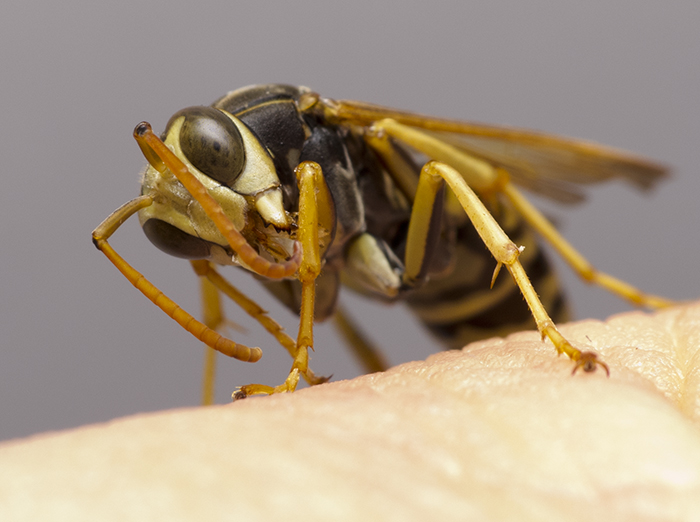
Here is a shot I took yesterday of a Polistes aurifer (from the lab!) using a borrowed (thanks Mike!) Canon G12 and Raynox DCR250. The light is the YN460 with the Cheapskate diffuser featured in last week’s Cheapskate Tuesday.

This is a subject that is close to home for many of you, the Cellar Spider, Pholcus phalangiodes shot last night with a Canon A720, the styrofoam bowl diffuser, and onboard flash.

The same Polistes aurifer male from the lab, this time shot with my DSLR and the inexpensive EFS18-55 IS with Raynox DCR 250, also lit with the Cheapskate Diffuser. This same lens combo is often used to stunning effect by Techuser, a.k.a. Brazilian nature photography guru João P. Burini of Primal Shutter.
To sum up, the Raynox is an adaptable piece of equipment, and unlike many macro adapters, this one is actually good. I no longer have one of these, having given mine away a couple years back to an aspiring macro shooter from French Guiana, but picking it up again to write this up makes me nostalgic. I think I will have to end with a gallery of some of my favorite shots with this awesome little lens.
- A hiding green anole makes a great subject
- Probably my most ripped-off photo ever. You’re welcome, sleazy pest companies.
- Awww!
- A Blue at dawn.
- The Raynox will get you in close!
- Metallic Halictids are just awesome
- An Anthidiellum
- Robber, chillaxing
- Maybe you have seen this one before…
- Notice the Strepsiptera
- Roving out. Pentatomid nymphs on Brazilian Peppertree leaf.
- Mating sharpshooters
- You can clearly see the highlights corresponding to the styrofoam bowl diffuser
- Phidippus audax…Beautiful chelicerae
- Classic Candy Apple Red
- Cicindela dorsalis media
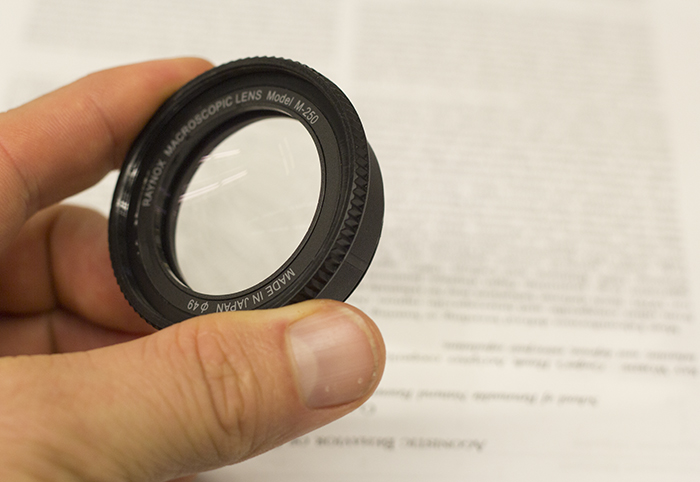
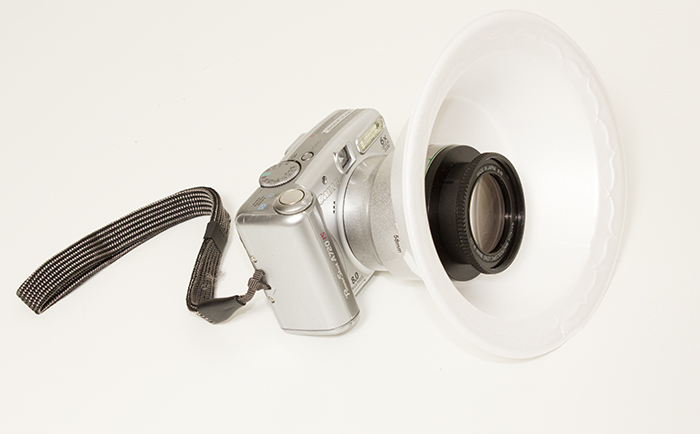

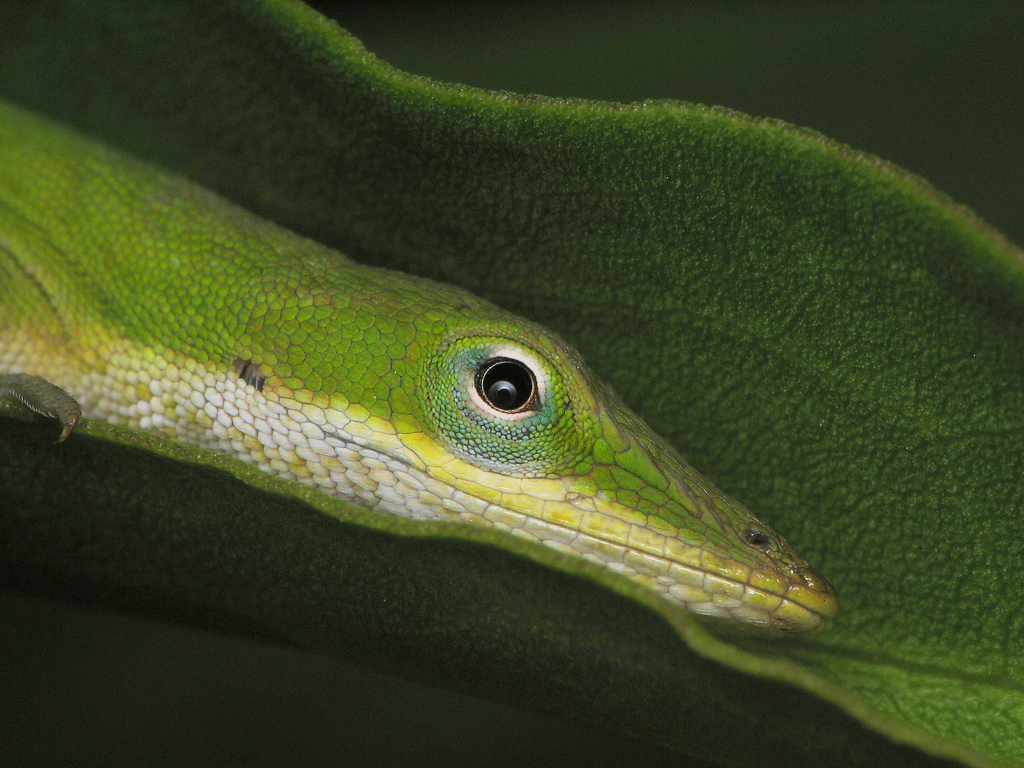
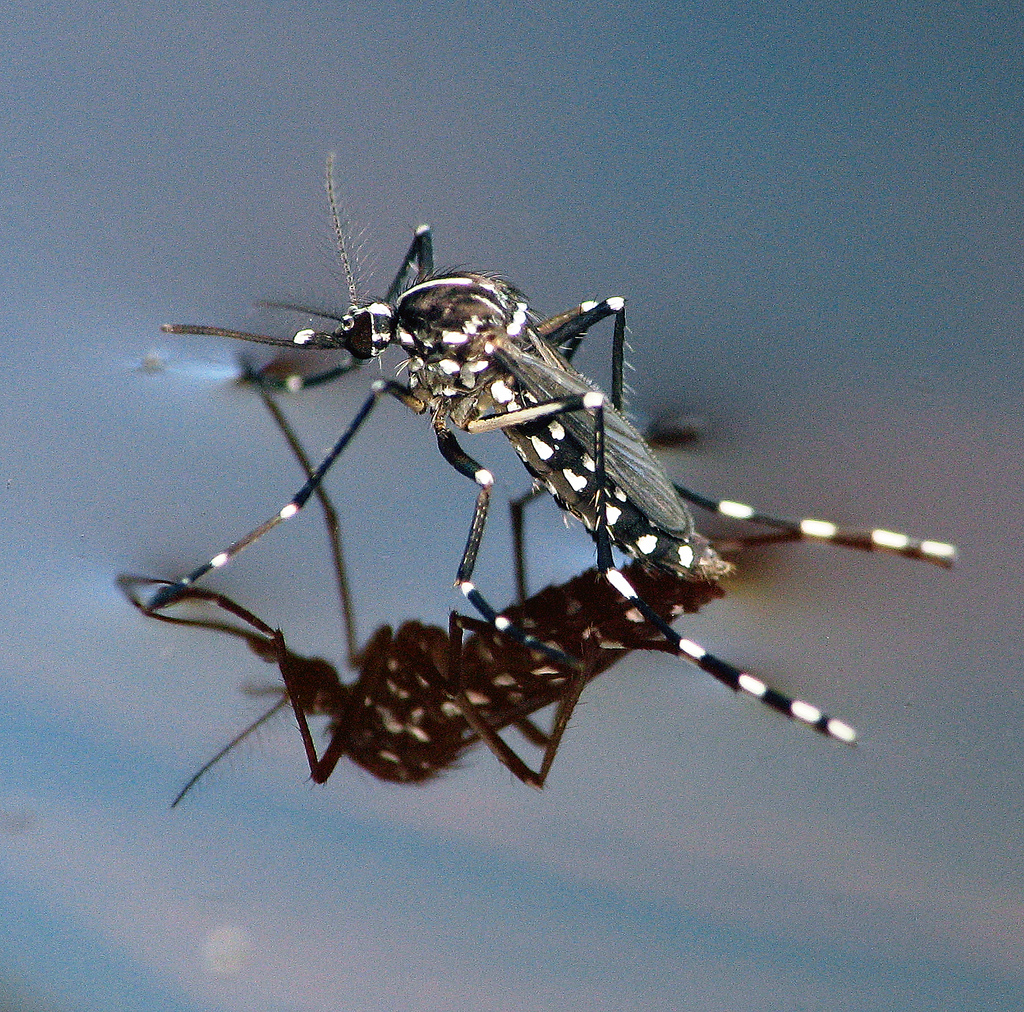


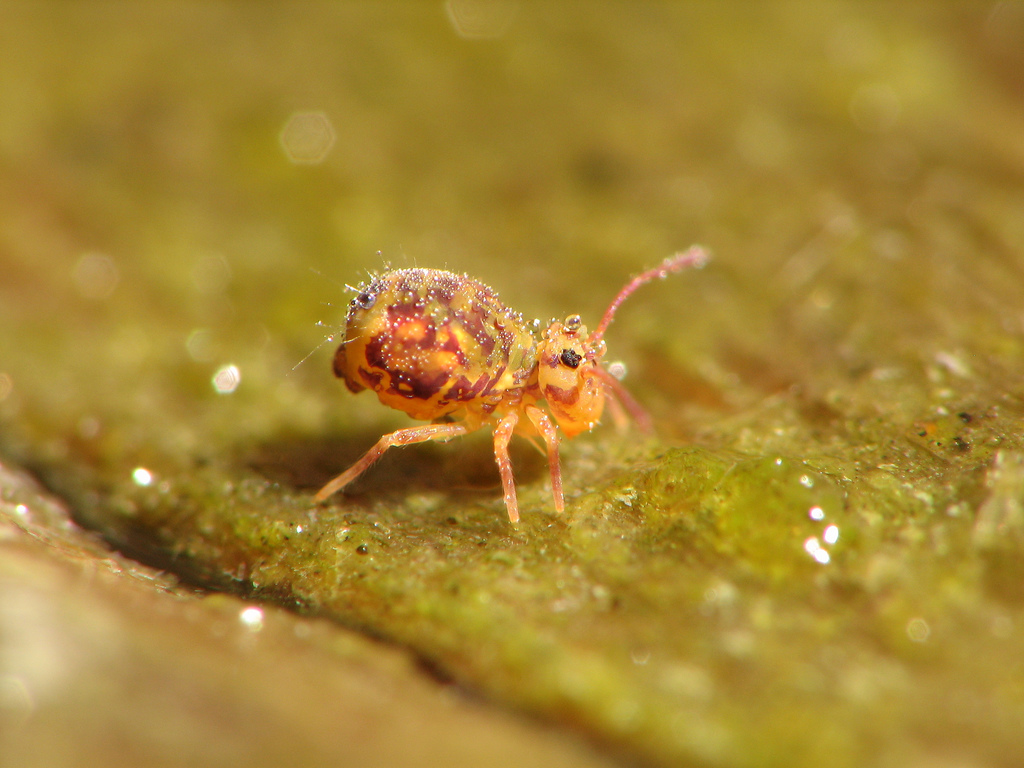
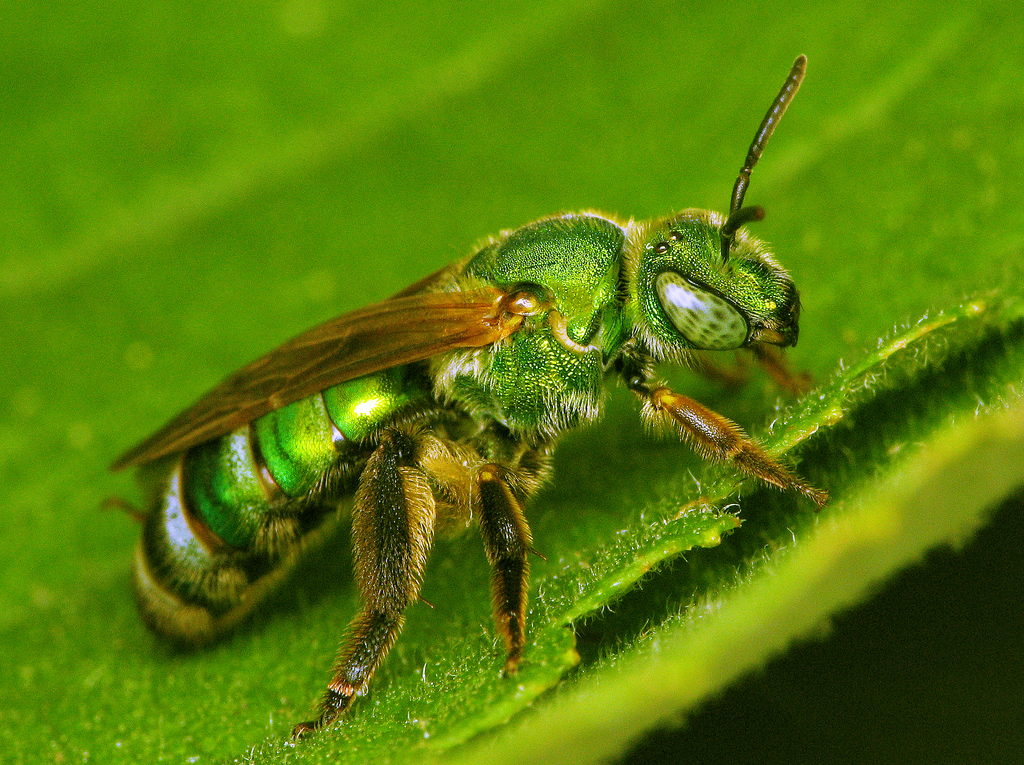
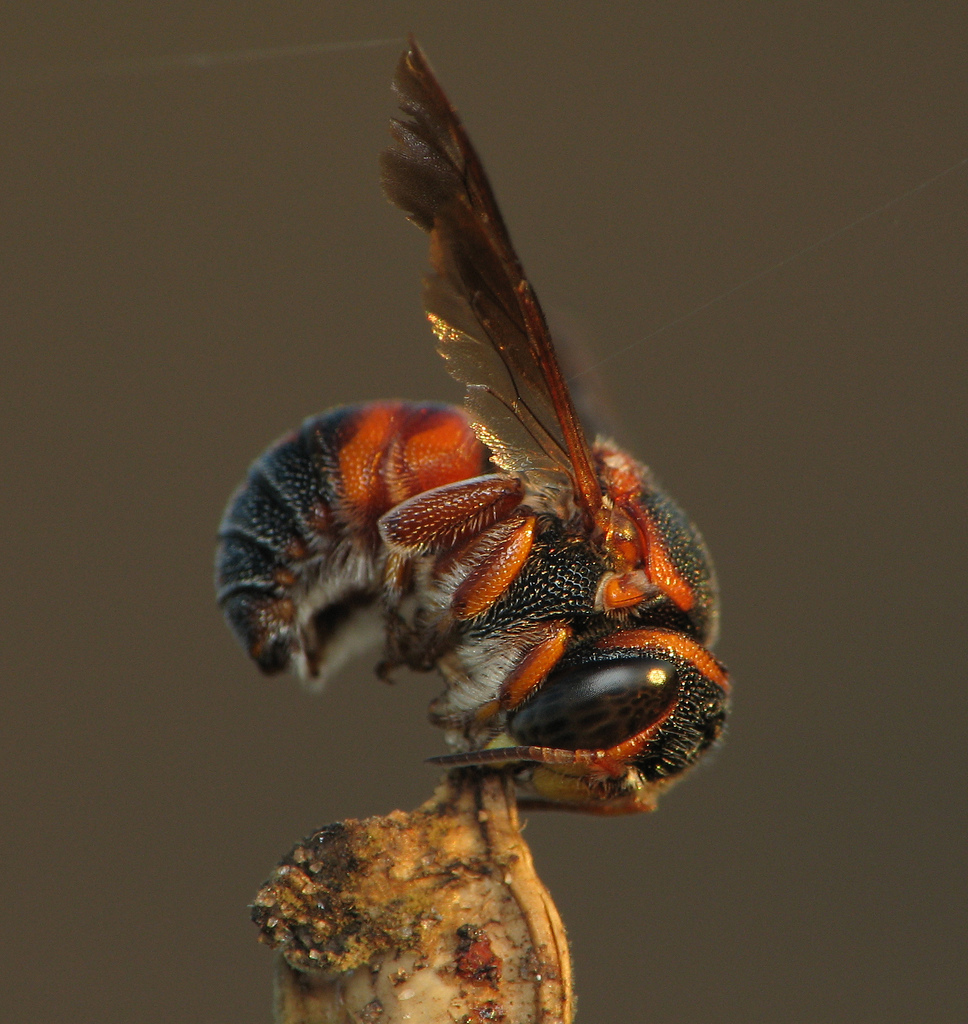
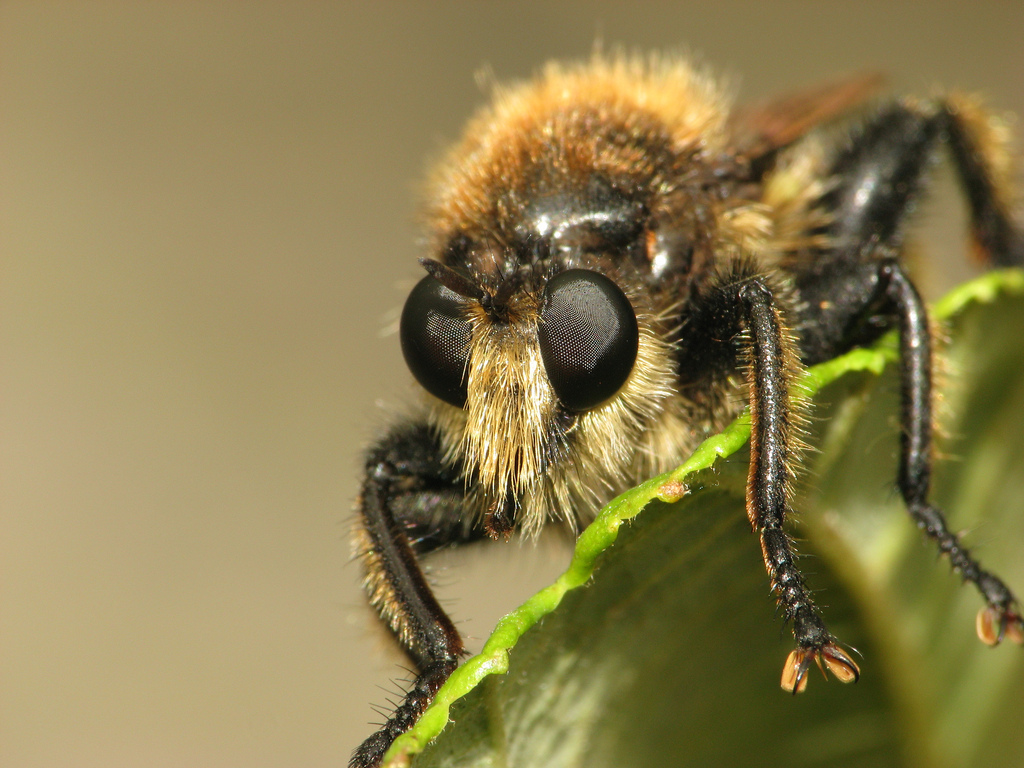
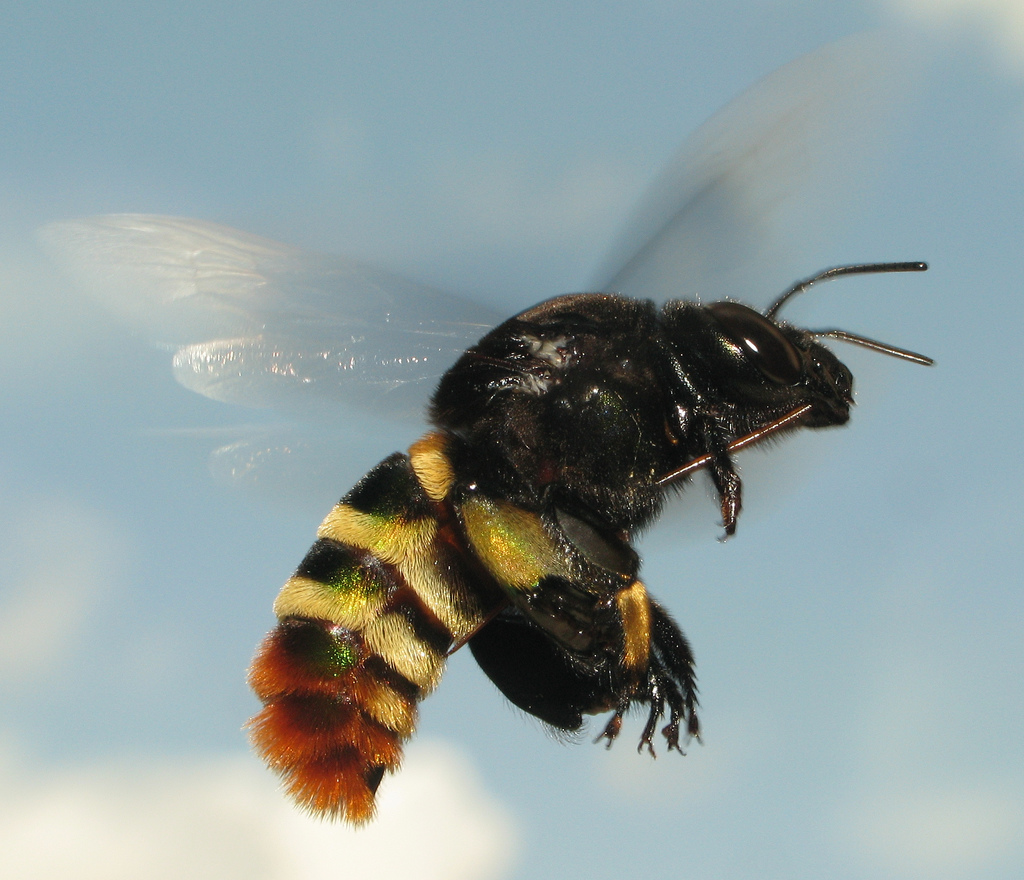
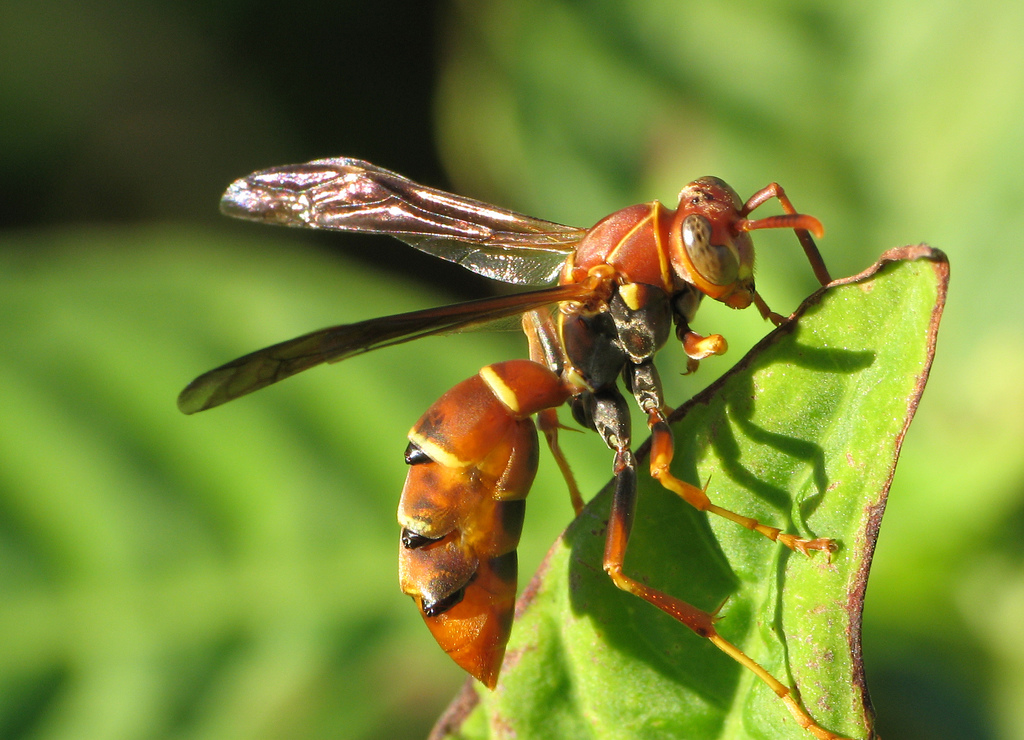
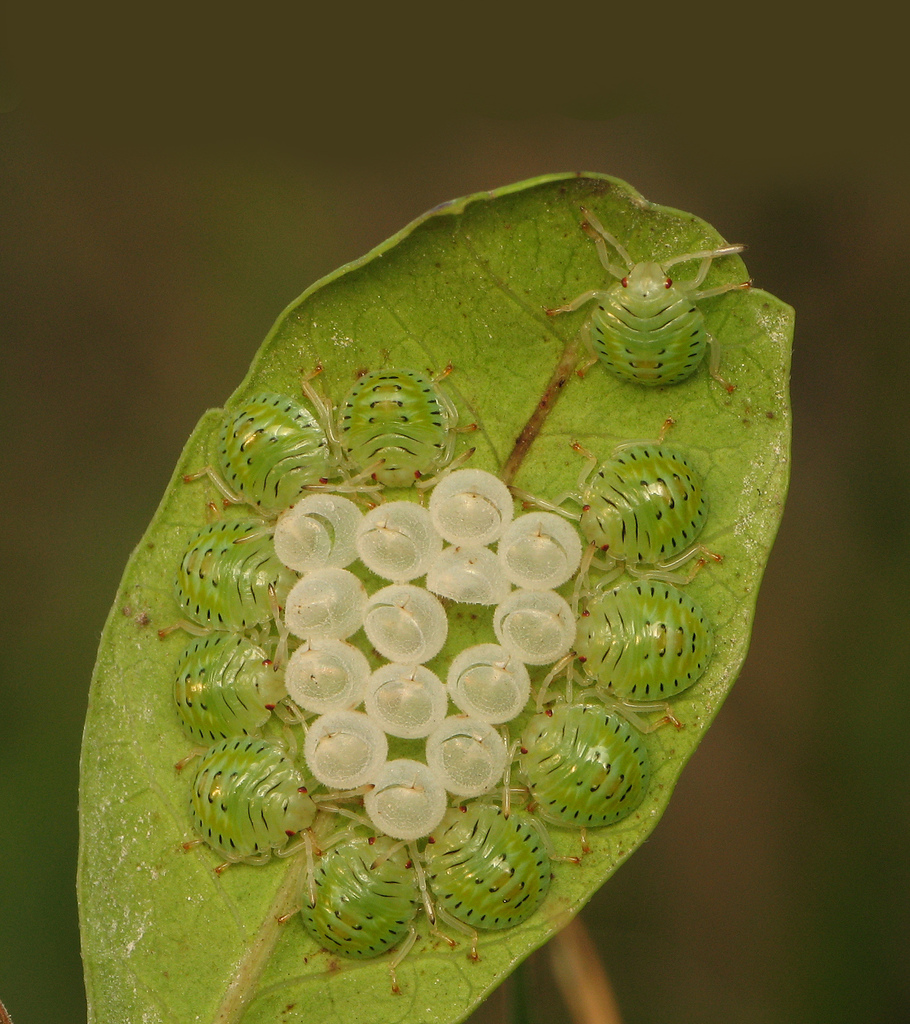

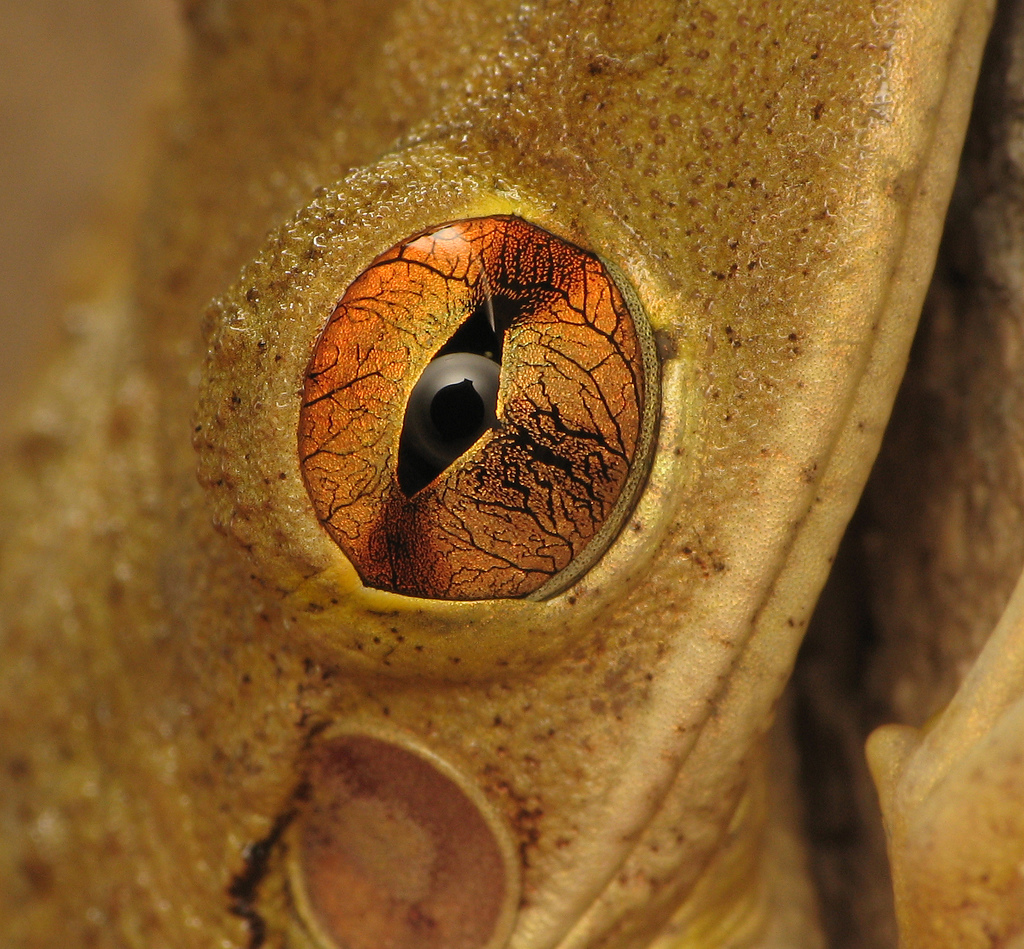



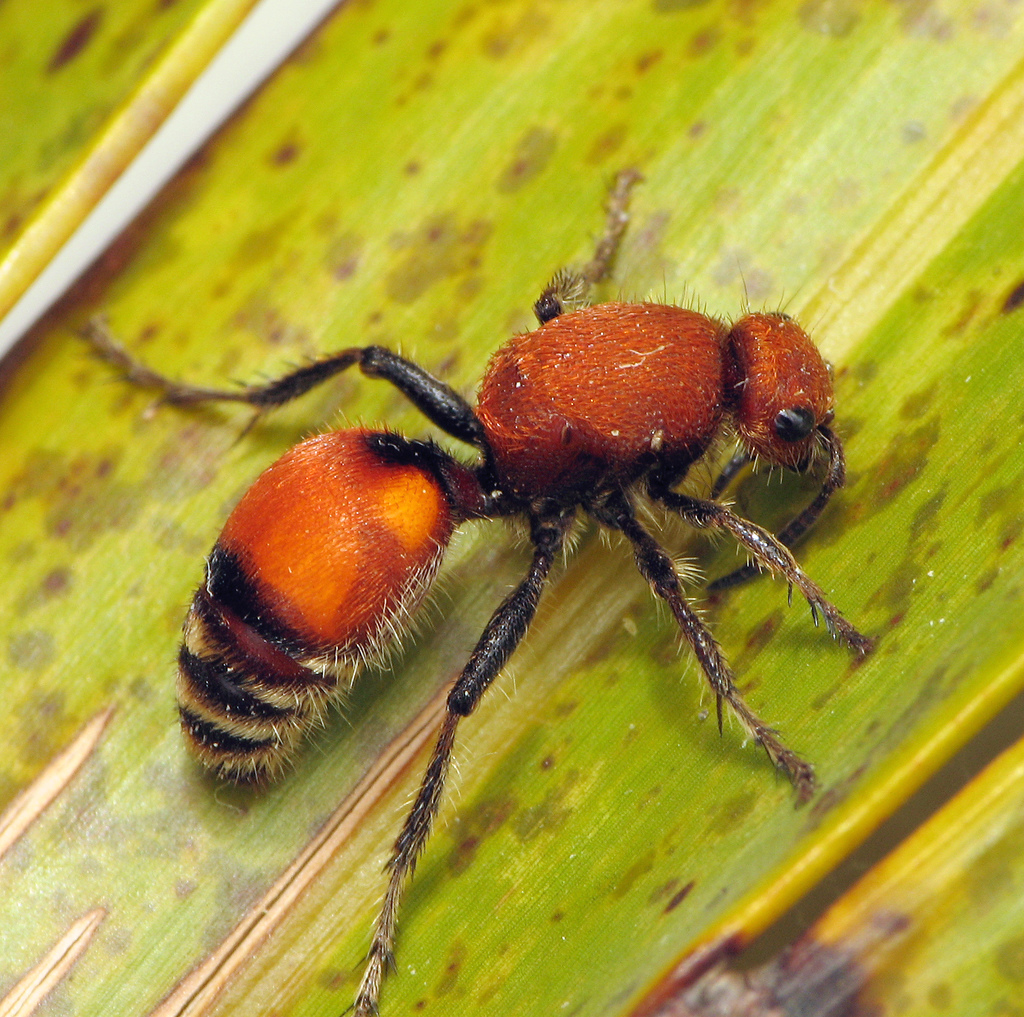
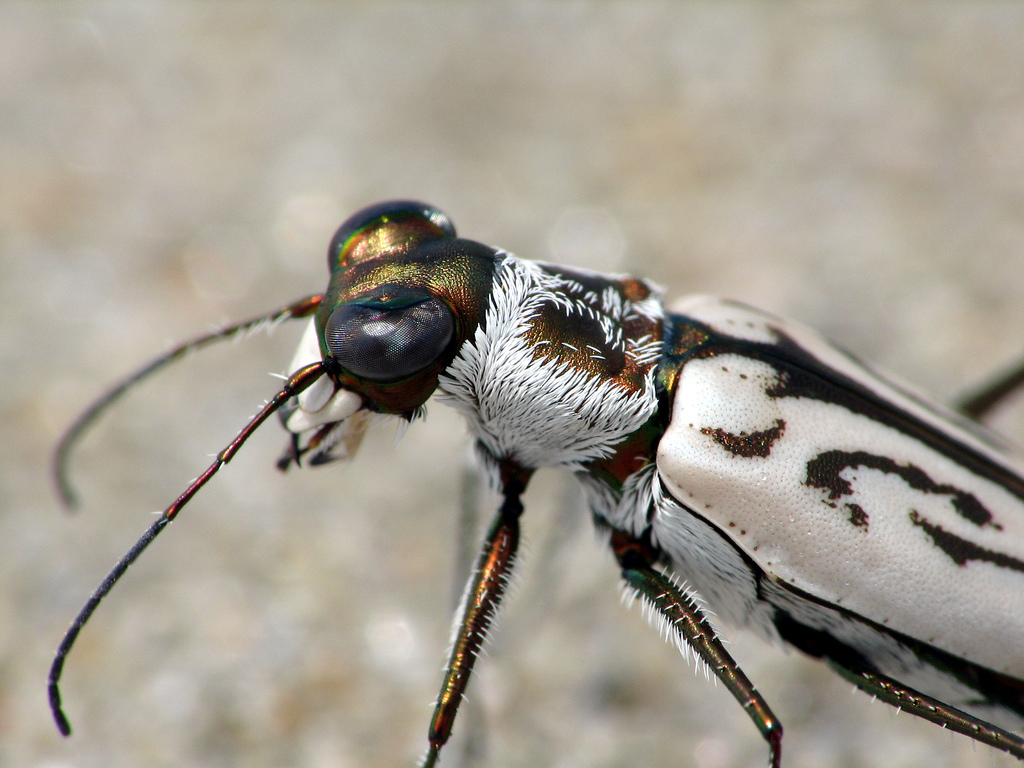
What did the spider catch, a moth of some sort?
It has caught a sow bug (or woodlouse), which is a type of terrestrial crustacean: http://en.wikipedia.org/wiki/Woodlouse
Amazing photos, just love them
Pingback: Cheapskate Tuesday 5: Extension Tubes | Ibycter
Pingback: Ibycter